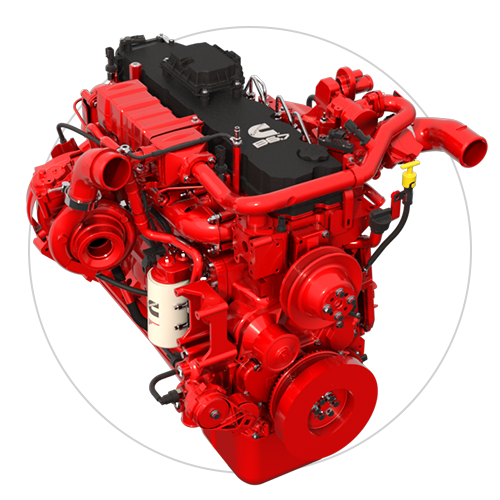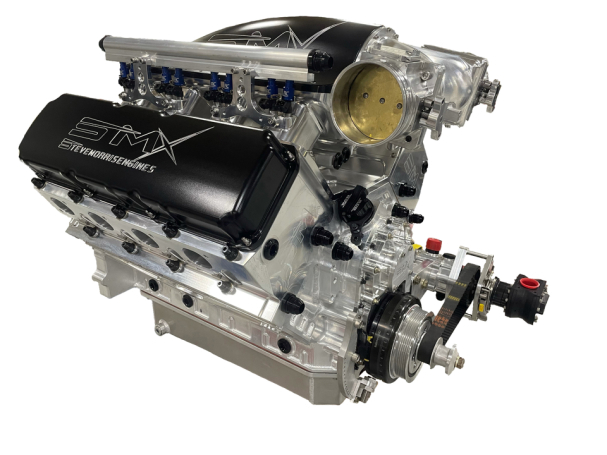The Mission for Ultimate Driving Power: Examining the Peak of Engine Performance and Technological Advancements in the Automotive Industry
In the world of automobile engineering, the quest of maximum driving power has actually been a ruthless pursuit that has actually unravelled via the development of engine style and the assimilation of advanced innovations. From the meticulous workmanship of combustion engines to the quick advancements in electrical propulsion systems, the vehicle industry stands at the cusp of a brand-new era characterized by extraordinary efficiency capabilities.
Development of Engine Design

Furthermore, the integration of turbocharging and supercharging innovations has actually revolutionized engine style by enhancing power without considerably raising engine dimension. These forced induction systems press the consumption air, allowing for more gas to be ignited, thus producing higher power result from a smaller sized engine. This development has been especially critical in boosting the efficiency of smaller sized variation engines while maintaining fuel efficiency criteria.

Performance-Enhancing Fuel Technologies
The implementation of advanced fuel modern technologies has considerably contributed to improving engine performance in contemporary vehicles. From standard gas and diesel to innovative biofuels, synthetic fuels, and hydrogen, the vehicle market is seeing a revolution in gas alternatives. Biofuels, obtained from renewable sources like algae, corn, or sugarcane, deal decreased emissions and boosted engine efficiency. Artificial fuels, generated with chemical procedures, supply high octane ratings, boosting power outcome. Hydrogen fuel cells, although still in the onset of adoption, reveal wonderful pledge due to their zero-emission nature and possibility for high efficiency. Additionally, gas ingredients and detergents are being developed to clean engine elements, optimize burning, and reduce friction, thereby improving overall automobile efficiency. With continuous r & d, the pursuit for the supreme driving power proceeds, as designers aim to open the full capacity of performance-enhancing gas technologies in the auto market.
Advancements in Electric Propulsion
Considerable strides in electric propulsion innovation have actually changed the automotive industry, paving the method for a new era of sustainable and effective transportation. Electric vehicles (EVs) are gaining popularity due to their environmental advantages and improvements in battery modern technology, making it possible for longer driving arrays and much shorter billing times. Producers are investing heavily in r & d to enhance the performance of electrical propulsion systems, concentrating on enhancing power output, improving power performance, and minimizing general weight.
One notable breakthrough in electrical propulsion is the growth of sophisticated electric motors that provide higher torque and power density, causing enhanced velocity and total driving efficiency. Additionally, regenerative braking systems have been fine-tuned to record and keep energy throughout slowdown, further enhancing the effectiveness of EVs.
Furthermore, the integration of wise technologies, such as expert system and anticipating analytics, is optimizing the monitoring of electric propulsion systems, ensuring ideal efficiency under different driving problems. These advancements in electrical propulsion are reshaping the vehicle landscape, driving the industry in the direction of a more sustainable and amazed future.
Impact of Computational Liquid Characteristics
With improvements in electrical propulsion pushing the limits of vehicle technology, the combination of Computational Liquid Dynamics is playing a crucial role in enhancing wind resistant efficiency and improving total efficiency in car layout. Computational Fluid Dynamics (CFD) includes making use of computer simulations to examine the article circulation of air around a car, allowing designers to forecast how design modifications will certainly influence aerodynamics without the requirement for costly physical prototypes. By precisely modeling air movement patterns, CFD enables the refinement of car shapes to reduce drag, enhance air conditioning, and boost security.
One key benefit of utilizing CFD in lorry design is the capability to iterate quickly, checking out many layout variations to recognize one of the most aerodynamically reliable options. This iterative procedure results in cars that are not just sleeker and extra aesthetically enticing yet likewise a lot more environmentally friendly and fuel-efficient. CFD makes it possible for designers to maximize air flow around elements such as radiators, engine bays, and wheel wells, contributing to improved efficiency and general driving experience. In verdict, the combination of Computational Liquid Characteristics represents a significant progression in the mission for utmost driving power and efficiency in the automotive sector.
Future Fads in Engine Advancement
In the dynamic landscape of auto engineering, cutting-edge advancements are forming the future trajectory of engine development. The future of engine design is noted by a strong focus on performance, sustainability, and effectiveness. Producers are significantly focusing on establishing engines that not only provide high power results but also prioritize ecological responsibility by boosting and decreasing exhausts fuel effectiveness.
One noticeable trend in engine advancement is the surge of electrification. Crossbreed and electric powertrains are discover this obtaining traction as practical options to typical combustion engines. These innovations provide the possibility for significant reductions in carbon discharges and boosted energy effectiveness, straightening with global efforts to fight climate modification.
In addition, developments in materials science and production strategies are making it possible for the production of lighter and more resilient engine parts. This shift towards lightweight materials such as carbon fiber and aluminum alloys contributes to improved efficiency and gas economy.
Final Thought
Finally, the quest of utmost driving power in the vehicle market continues to drive innovations in engine layout, gas innovations, electric propulsion, and computational fluid dynamics. The advancement of these modern technologies is forming the future of engine technology, leading the method for much more Resources effective and effective cars (engines for africa). As the market remains to press the borders of what is feasible, we can expect to see even more innovative advancements in the pursuit for peak efficiency
One of the essential turning points in engine design advancement is the shift from conventional carbureted engines to modern fuel-injected systems. By specifically metering the fuel shipment to each cylinder, fuel-injected engines maximize combustion, resulting in better efficiency and decreased ecological impact.
Furthermore, the assimilation of turbocharging and supercharging technologies has actually transformed engine layout by increasing power without considerably increasing engine dimension (engines for africa).The implementation of innovative fuel modern technologies has considerably added to improving engine efficiency in contemporary lorries. Furthermore, gas additives and cleaning agents are being formulated to tidy engine components, enhance burning, and decrease rubbing, therefore improving overall car efficiency